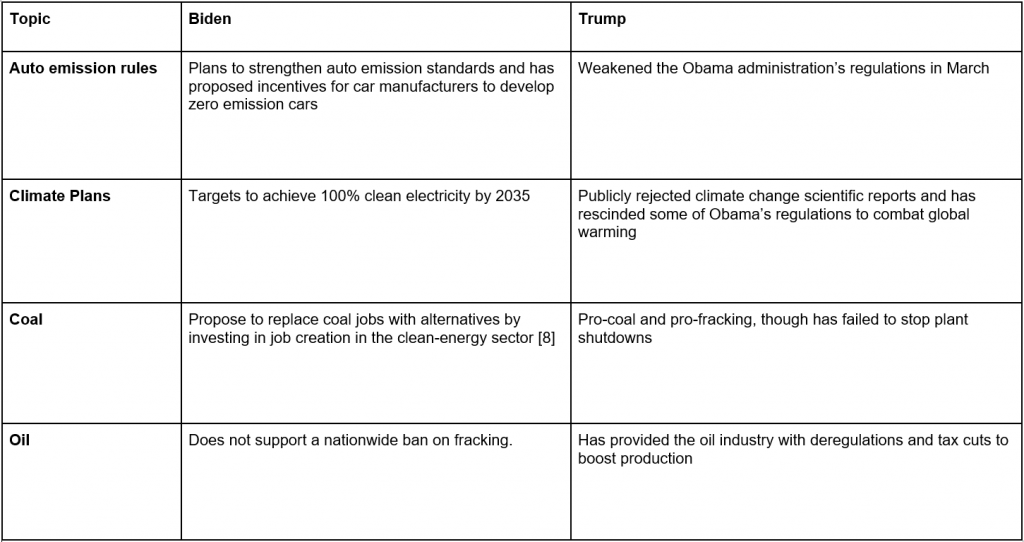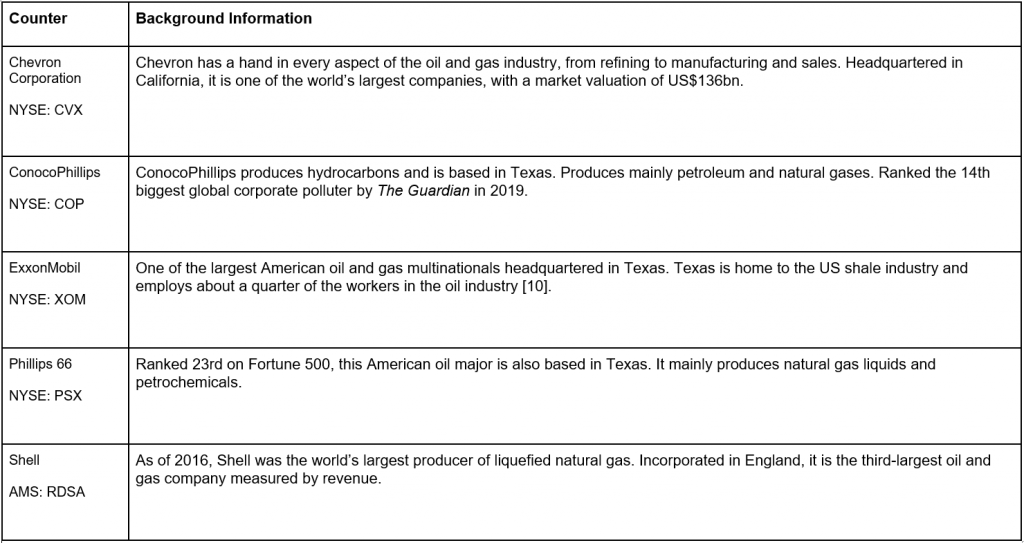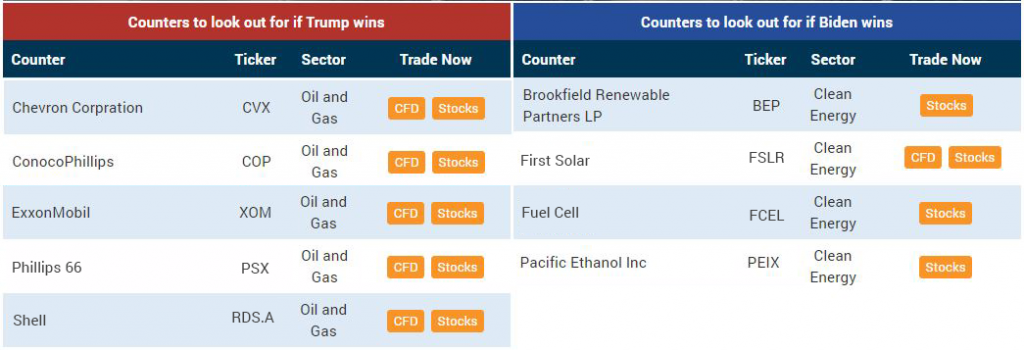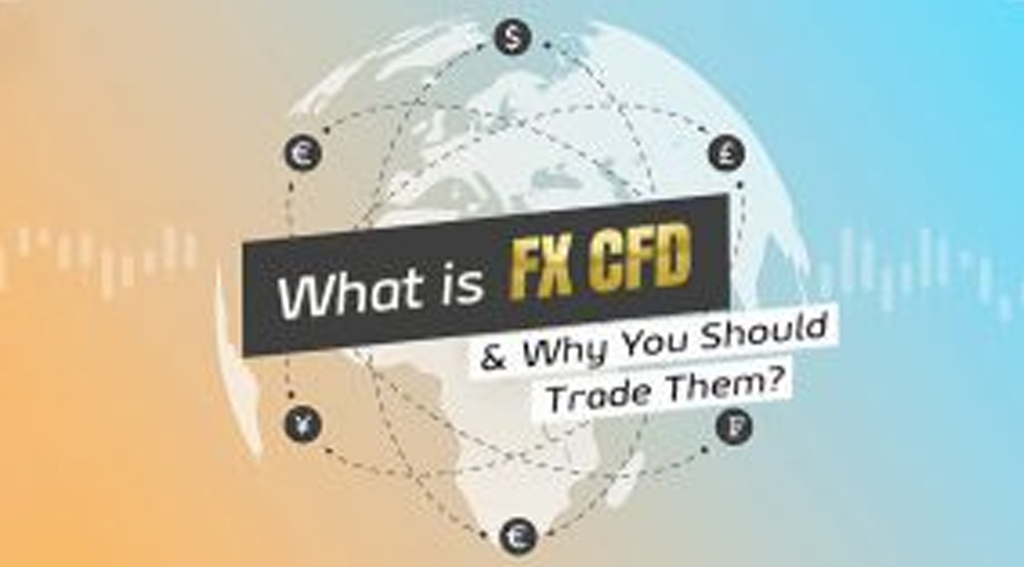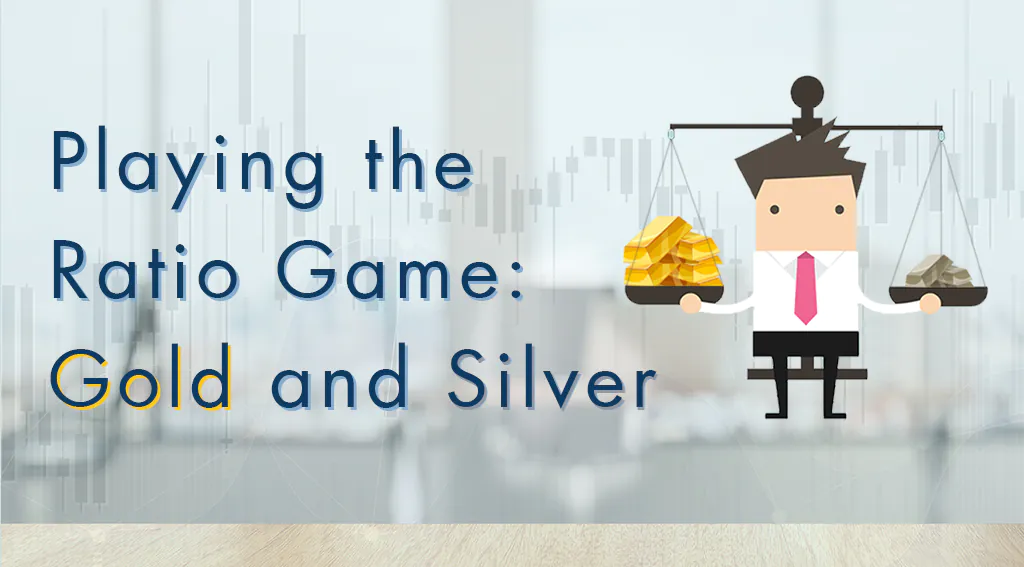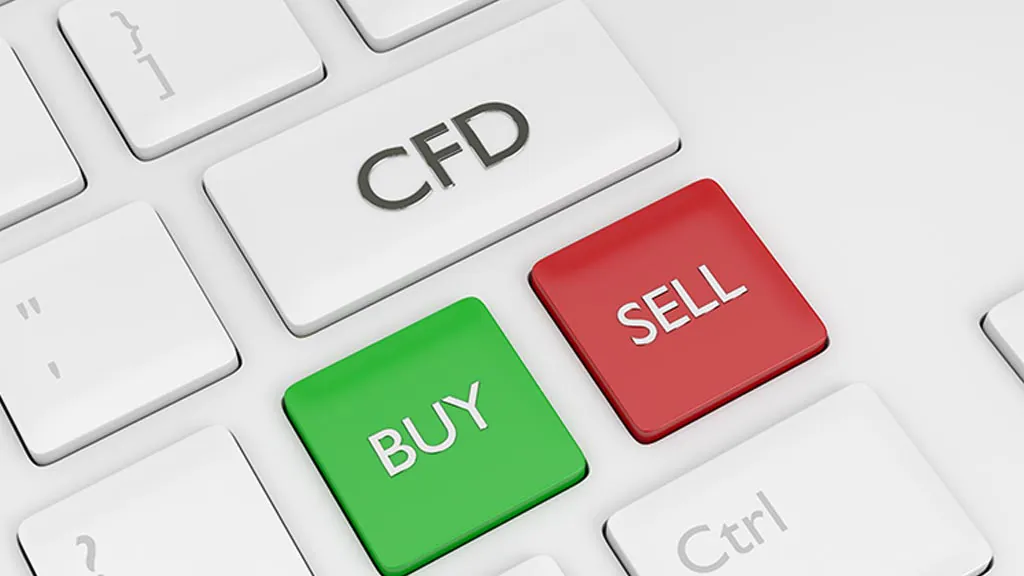US Election 2020: America’s Energy Duality

Published On: 20 October 2020 | 17:00 PM
Athena, Dealer
Athena graduated from the National University of Singapore with a Bachelor’s Degree in Economics. She is an ex-MOE teacher who decided to pursue her passion in finance and economics after years of service. Combining her working experience in UOB as a banker and current position as a dealer managing over 50,000 accounts in Phillip Securities, she firmly believes in making informed decisions to ride the tides of the market. In her free time, she enjoys reading The Economist to review the latest global outlook.
World's No.1 Oil Producer
Production of crude oil, including lease condensate (thousand barrels per day) [1]
When we think about oil, most of us automatically associate it with the wealthy, oil-rich Middle Eastern countries. Surprisingly, the world’s top oil producer is leading Saudi Arabia by more than 2 million barrels per day and that country is none other than the US. Oil from the US accounts for 19% of global production. The US also happens to be the world’s top consumer of oil. It has been the world’s top oil producer since 2017. Thanks to Trump’s pro-drilling stance on oil, oil production in the US has been increasing steadily over the years, especially between 2018 and 2019, when growth was more than 9% [2].
... And World's No.2 Clean Energy Producer
Production of electricity through green technology in 2018: US is the world’s No. 2 clean-energy producer
Source: IRENA [3]
Despite America’s pro-oil disposition, she is also the world’s second clean energy producer. This isn’t that unexpected, considering that the US invested over US$55bn in clean energy in 2019, second only to China with US$83.4bn. A scaling back of federal taxes this year has allowed wind and solar companies to increase their investments and operations in order to qualify for the tax credits. [4]
Selected countries’ investments in clean energy globally in 2019 (in billion U.S. dollars)

Source: © Statista [5]
Whatever the outcome of the much anticipated November 2020 elections, the impact on both sectors will likely be adverse. As we know, opportunities can come from times of volatility. Hence, investors have been keeping themselves abreast of the latest election news to ensure that their portfolios are built with the latest information on hand.
Let’s Follow the Money
The 2020 presidential elections pit Trump (pro-oil) against Biden (pro-green) and investors are placing their bets on one or the other – or both – to reap profits. So, the burning question is, which counters should they look at to ride the tide?
Well, a good way to find out which companies would benefit the most is to look at who has made the most contributions to Trump’s and Biden’s campaigns.
The biggest donors in this election are major oil and shale firms such as Koch Industries (US$9.8mn), Chevron (US$4.7mn) and Midland Energy (US$2mn). Even the bulk of the US$6.7mn money from the top individual donors was given to the Republicans in Congress [6]. The likely reason these companies are willing to donate that much to Trump’s campaign is because they believe that their financial gains under Trump will outweigh their donations.
Conversely, climate-change activists and clean-energy industries have hosted some of Biden’s biggest fundraising events. The Clean Energy for Biden network, led by people in renewable-energy industries, has raised US$550,000 for Biden [7]. Many of Biden’s environmental backers are going to unprecedented lengths to make him the next president, on hopes that he would bring about much needed policies to support climate change.
A Closer Look at Policies: Trump vs Biden
Source: Reuters [9]
Pro-Trump Counters
Trump has massively reduced taxes and regulations since taking over from Obama. At the same time, he has removed or reduced environmental-protection regulations that once forced oil companies to back down in oil prospecting in favour of environmental considerations. Trump has also publicly pledged to salvage the oil and gas industry after it was hard-hit by the COVID-19 outbreak [11]. Without Trump’s support, most of these companies would have incurred losses due to their high cost structures. These oil majors have funded much of Trump’s campaign as his re-election is deemed pivotal to their sustainability and profitability.
Pro-Biden Counters
While Biden has announced plans to transition to 100% clean energy, he has simultaneously shown an unwillingness to ban shale oil production. It is most likely that he will restrict the oil and gas industry with regulations. Biden has openly expressed his desire to fight climate change. He plans to invest in new technologies and introduce tax incentives for cleaner energy [12].
Gain exposure with ETFs & CFDs on POEMS
Oil and gas companies seem to think their fate depends on Trump while clean-energy companies are allying themselves with Biden.
Which candidate do you think will prevail?
If you have a calculated guess on who could win but are still unsure of the counters to buy, why not gain exposure to the sector via ETFs or CFDs?
Table 1 illustrates the stocks and CFDs relevant to the sector that POEMS offers.
Source: POEMS
As the US presidential election draws near, market volatility is expected to increase. Traders can consider trading CFDs to hedge their portfolio positions.
Contrary to popular opinion, Contracts for Differences (CFDs) are not just for technical traders. Long-term investors can utilise CFDs to hedge their positions against unforeseen events and uncertainties. When one foresees rising uncertainty and volatility in the market, one can enter into a CFD contract to hedge his or her position.
CFD World Indices and Commodities are ideal hedging tools for equities. This is due to their cost effectiveness and correlations.
You can use CFDs as a hedge in the following two possible scenarios:
1) When the price of your existing positions has already moved / is moving against you.
2) When you anticipate future gains in your existing positions to be marginal due to increasingly negative market sentiment.
For details on how to use CFDs for hedging, check out our hedging example at the bottom of this article.
Before one hedges, it is important to know which assets to use to hedge. Assets that have a positive correlation to your positions are used as an opposing hedge (Short). Assets with a negative correlation to your positions are used as a same-side hedge (Long). Do note that it is not possible to perform a perfect hedge due to correlational factors and positional sizes.
As much as oil and gas companies are betting their profitability on Trump, clean energy players are casting their lot with Biden.
Which position do you take? Head over to our award-winning POEMS 2.0 platform to place your trades today!
And stay tuned for our next US Presidential Election series covering yet another sector! #USElection2020
Open a POEMS Trading Account with us today!
References
- https://knoema.com/atlas/topics/Energy/Oil/Production-of-crude-oil
- https://www.ig.com/en/trading-strategies/world-s-biggest-oil-producers-200722
- https://www.irena.org/Statistics/View-Data-by-Topic/Capacity-and-Generation/Country-Rankings
- https://www.bloomberg.com/news/articles/2020-01-16/even-under-trump-u-s-renewable-investment-hits-a-record
- https://www.statista.com/statistics/799098/global-clean-energy-investment-by-country
- https://qz.com/1888848/oil-companies-are-backing-trumps-re-election/
- https://www.eenews.net/stories/1063536281
- https://joebiden.com/climate-labor-fact-sheet/
- https://graphics.reuters.com/USA-ELECTION/POLICY/ygdpzwarjvw/
- https://www.fool.com/investing/2020/08/12/3-stocks-to-buy-if-you-think-trump-wins-election/
- https://www.theguardian.com/us-news/2020/aug/09/big-oil-trump-campaign-donations-fossil-fuel-industry
- https://www.icis.com/explore/resources/2020-us-elections/
More Articles
What is FX CFD & Why You Should Trade Them?
Before you plunge right into Forex (FX) CFD trading, please read this article to understand the basic fundamentals of Forex trading and how you can start trading Forex (FX) CFD with us.
Playing the Ratio Game: Gold and Silver
Gold price has surged to Multi-year high recently, generating massive interest in this investment amidst market uncertainties and low interest rates. Read on to find on about the Gold/Silver Ratio.
Understanding Contracts for Difference (CFD)
“What is CFD?” might be a question that has popped up into the minds of those that just recently got acquainted with the concept of investments.
Disclaimer
This material is provided to you for general information only and does not constitute a recommendation, an offer or solicitation to buy or sell the investment product mentioned. It does not have any regard to your specific investment objectives, financial situation or any of your particular needs. Accordingly, no warranty whatsoever is given and not liability whatsoever is accepted for any loss arising whether directly or indirectly as a result of your acting based on this information.
Investments are subject to investment risks. The risk of loss in leveraged trading can be substantial. You may sustain losses in excess of your initial funds and may be called upon to deposit additional margin funds at short notice. If the required funds are not provided within the prescribed time, your positions may be liquidated. The resulting deficits in your account are subject to penalty charges. The value of investments denominated in foreign currencies may diminish or increase due to changes in the rates of exchange. You should also be aware of the commissions and finance costs involved in trading leveraged products. This product may not be suitable for clients whose investment objective is preservation of capital and/or whose risk tolerance is low. Clients are advised to understand the nature and risks involved in margin trading.
You may wish to obtain advice from a qualified financial adviser, pursuant to a separate engagement, before making a commitment to purchase any of the investment products mentioned herein. In the event that you choose not to obtain advice from a qualified financial adviser, you should assess and consider whether the investment product is suitable for you before proceeding to invest and we do not offer any advice in this regard unless mandated to do so by way of a separate engagement. You are advised to read the trading account Terms & Conditions and Risk Disclosure Statement (available online at www.poems.com.sg) before trading in this product.
Any CFD offered is not approved or endorsed by the issuer or originator of the underlying securities and the issuer or originator is not privy to the CFD contract. This advertisement has not been reviewed by the Monetary Authority of Singapore (MAS).







